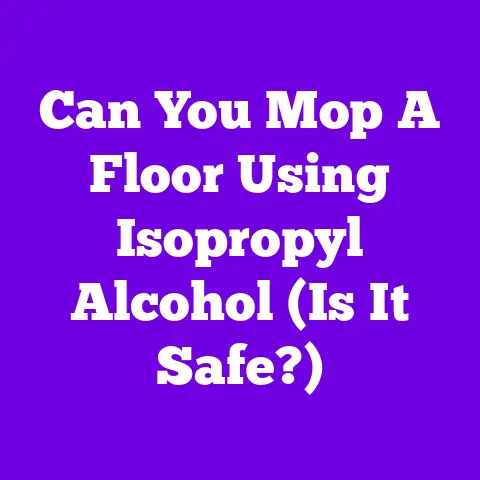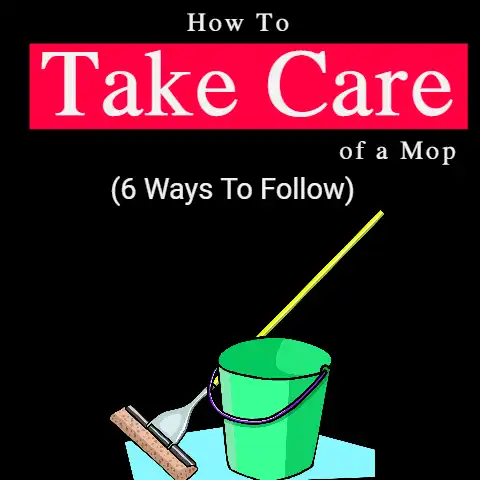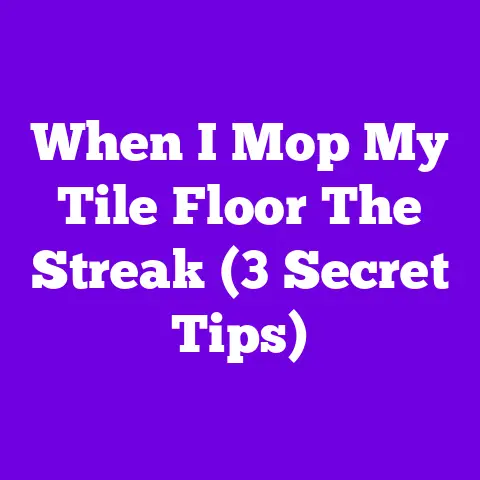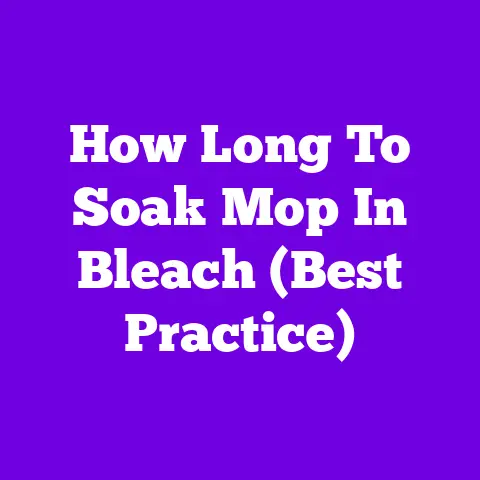How To Mop At Home With Pets (3 Pet Tips)
You come home after a busy day, and your furry friends are there to greet you at the door. It’s a comforting sight, but as you look down, you notice the floor has taken a toll from their playful antics. Paw prints, fur drifts, and perhaps a splash of water from a recent drink are scattered across the surface. Sound familiar? If you’ve got pets, you’ll know that keeping floors clean is both an art and a science.
Understanding the Pet Household Dynamic
Different pets contribute in varied ways. Dogs might track in mud or dirt from outside, while cats often leave a trail of litter. And let’s not forget the hair! Whether it’s a shedding season or a constant battle, pet hair can be everywhere.Pet-Specific Messes
- Dogs: They can bring in dirt, water, and even fecal matter if they roll around outside. Their nails might scratch floors, and they tend to drool or spill water.
- Cats: Litter tracking is common, and fur can accumulate rapidly. Cats may also vomit or have accidents outside their litter box.
- Small Animals: Rabbits, hamsters, or birds might scatter bedding or food particles.
Each pet adds its own unique cleaning challenge, so understanding what you’re up against is crucial.
Preparation is Key
Before diving into the task of mopping, let’s talk preparation. I’ve tried going straight to mopping before, and let me tell you—it’s not worth it.
Choosing Your Tools Wisely
- Mop Types:
- String Mop: Traditional but can hold onto bacteria.
- Sponge Mop: Great for uneven surfaces but might not be ideal for picking up pet hair.
- Microfiber Mop: My personal favorite for pet homes—it captures dust and hair effectively.
- Cleaners:
- Commercial Pet-Safe Cleaners: Look for labels indicating they’re safe for animals.
- DIY Solutions: A simple mix of vinegar and water works wonders on many surfaces.
- Vacuum/Broom:
- A vacuum with a HEPA filter can trap allergens and is excellent for homes with heavy shedders.
- Brooms are handy for quick touch-ups.
Step 1: Pre-Mopping Cleanup
This step cannot be overstated! Trust me, getting rid of loose hair and dirt makes mopping so much easier.
- Vacuum or Sweep Thoroughly: Start by removing as much debris as possible. Pay special attention to corners and under furniture where pet hair tends to gather.
- Spot Cleaning: Look for any specific messes like mud or spills and handle those with a spot cleaner. This prevents spreading the mess around while mopping.
- Litter Check: For cat owners, make sure litter isn’t scattered too far beyond the box area.
Step 2: Choose the Right Mop and Cleaner
- Microfiber Mops: These are fantastic for hardwood and laminate floors because they attract dust and hair like a magnet. They’re easy to clean, too.
- Steam Mops: Ideal for tile floors because they sanitize without chemicals—just what you need in a pet-friendly home.
- Pet-Safe Cleaners: Always check for non-toxic options. Ingredients like ammonia can be harmful to pets. A simple rule of thumb: If you wouldn’t want it on your skin, keep it away from your pets!
Pet Tip #1: Pet-Safe Cleaners
It might surprise you how many household cleaners contain harmful chemicals. Here’s a fun fact: vinegar is an excellent base for homemade cleaners. Mix it with water and add a few drops of pet-safe essential oils like lavender or chamomile for a nice scent.
Step 3: Mopping Technique
Time to get those floors shining!
- Fill Your Bucket: Use warm water and add your chosen cleaner according to the instructions.
- Start Mopping: Begin at one corner of the room and work backward towards an exit. This way, you won’t step on wet areas.
- Rinse Often: Dip your mop back into the bucket frequently to rinse out dirt. Change the water once it starts looking murky.
- Focus on High Traffic Areas: These spots tend to get dirtier faster—make sure to give them extra attention.
- Handle Stubborn Stains: If a spot isn’t coming clean easily, let the cleaner sit on it for a few minutes before scrubbing again.
Pet Tip #2: Keep Pets Occupied
While you’re mopping, it’s best to keep pets distracted. Not only does this keep them out of your way, but it also prevents them from slipping on wet floors. Try these:
- Puzzle Toys: Keeps them mentally stimulated.
- Chew Treats: Engages them for longer periods.
- Interactive Play: A game of fetch or cat teaser toys can keep them entertained in another room.
Step 4: Drying
Once you’ve finished mopping, it’s time to let everything dry properly.
- Ventilation is Key: Open windows if possible; fresh air helps speed up drying time.
- Use Fans: If you have ceiling fans or portable fans, switch them on to circulate air over the wet areas.
- Dry Pads for Pets’ Feet: Keep a towel near entrances to wipe off any wet paws once they’re allowed back in.
Common Mistakes to Avoid
Let me save you some trouble by pointing out what not to do:
- Over-wetting the Floor: This can lead to water damage on certain floor types like hardwood.
- Using Too Much Cleaner: More isn’t better—it can leave a residue that attracts more dirt.
- Ignoring Manufacturer Instructions: Always follow guidelines provided for both flooring and cleaning products.
Safety Considerations
Cleaning should be safe for both you and your pets:
- Store Products Safely: Keep cleaning supplies out of reach of curious animals.
- Ventilate Properly: Ensure there’s enough airflow during and after cleaning to disperse any fumes.
- Gloves Are Handy: If you’re using any cleaners that might irritate your skin, wear gloves to protect yourself.
Finishing Touches
After mopping, take a moment to admire your work—but don’t forget those hard-to- reach spots!
- Corners and Baseboards: These often collect dust and grime that regular mopping misses.
- Furniture Legs: Wipe down any accumulations of dust or hair.
- Final Inspection: Do one last walk-through to ensure no spots were missed.
Pet Tip #3: Regular Maintenance
Consistency makes life easier! Here’s how:
- Daily Sweeping/Vacuuming: Keeps hair and dirt from building up between moppings.
- Weekly Deep Cleanings: Helps maintain cleanliness without overwhelming you.
- Monthly Checks for Wear and Tear: Particularly important if your pets are rambunctious!
FAQ Section
Q: How often should I mop with pets? A: It depends on your pets’ habits and shedding patterns, but once a week is a good baseline for general maintenance.
Q: What if my floor has stubborn stains? A: Try letting a pet-safe cleaner sit on the stain for a few minutes before scrubbing gently with a brush or mop pad.
Q: Can I use essential oils in my cleaner? A: Be cautious—some oils are toxic to pets like tea tree oil. Stick with pet-safe options such as lavender or chamomile after confirming their safety.
Q: What if my pet walks on a wet floor? A: No worries! Just dry their paws immediately and give the floor a quick touch-up if needed.
Q: How do I prevent my pets from slipping on wet floors? A: Keeping them occupied in another room until the floor is dry is ideal, but placing rugs or towels over wet spots can help if they need access sooner.
Mopping with pets might require a little extra effort and planning, but with these tips in hand, I promise it’s manageable—and your furry friends will appreciate having clean spaces just as much as you do!






